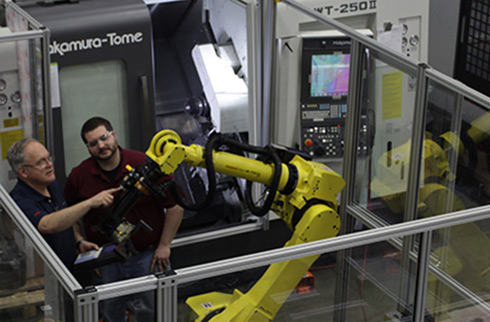r134a charging hose adapter
Understanding R134A Charging Hose Adapters A Comprehensive Guide
In the world of automotive air conditioning systems, maintaining optimal performance is crucial. One of the key components in this process is the R134A charging hose adapter. This device allows technicians to safely and effectively add refrigerant to AC systems that utilize R134A, the most commonly used refrigerant in vehicles manufactured after 1994.
What is R134A?
R134A, or tetrafluoroethane, is a hydrofluorocarbon (HFC) that replaced R12 (dichlorodifluoromethane) due to environmental concerns. R134A has a lower ozone depletion potential and is less harmful to the environment, making it the preferred choice in modern automotive refrigeration systems. However, it is essential to handle R134A with care, as it is still a greenhouse gas.
The Role of Charging Hose Adapters
Charging hose adapters play an essential role in the process of recharging automotive AC systems. These adapters connect the refrigerant supply (cylinders containing R134A) to the vehicle's AC system, allowing for the transfer of refrigerant under controlled conditions.
A typical R134A charging hose adapter consists of
1. Connection Fittings These fittings are specifically designed to connect with the service ports of the air conditioning system. R134A systems feature a low-pressure service port (often colored blue) and a high-pressure service port (often colored red). The correct adapter must match these ports to ensure safe and efficient operations.
2. Hoses The hoses used in conjunction with the adapter are typically color-coded; blue for low pressure and red for high pressure. The hoses must be durable and rated for the pressures encountered in automotive AC systems.
r134a charging hose adapter

3. Valves Many charging hose adapters come equipped with valves that can be opened or closed to control the flow of refrigerant. These valves help maintain system integrity and prevent contamination or leakage during the charging process.
Choosing the Right Adapter
When selecting an R134A charging hose adapter, consider the following factors
- Compatibility Ensure that the adapter is compatible with your vehicle's AC system. The fittings should match the service ports correctly to prevent leaks. - Quality Choose high-quality adapters made from durable materials. Inferior products may lead to leaks or failure during the charging process. - Size and Length Depending on your work environment, the length of the hose and the size of the adapter can be crucial for ease of use.
Safety Considerations
Safety should always be a priority when working with refrigerants. R134A can cause skin and eye irritation upon contact, and inhaling its vapors can pose health risks. Always wear appropriate personal protective equipment (PPE), including gloves and goggles, and work in a well-ventilated area. Additionally, be aware of local regulations regarding the handling and disposal of refrigerants.
Conclusion
Understanding the role of R134A charging hose adapters is vital for anyone working with automotive air conditioning systems. By ensuring compatibility, choosing quality products, and prioritizing safety, you can maintain and recharge AC systems effectively. With the proper knowledge and tools, you can help ensure that vehicles remain cool and comfortable, even in the hottest temperatures. Embracing these practices will benefit both the technician and the environment.
-
Ultimate Spiral Protection for Hoses & CablesNewsJun.26,2025
-
The Ultimate Quick-Connect Solutions for Every NeedNewsJun.26,2025
-
SAE J1401 Brake Hose: Reliable Choice for Safe BrakingNewsJun.26,2025
-
Reliable J2064 A/C Hoses for Real-World Cooling NeedsNewsJun.26,2025
-
Heavy-Duty Sewer Jetting Hoses Built to LastNewsJun.26,2025
-
Fix Power Steering Tube Leaks Fast – Durable & Affordable SolutionNewsJun.26,2025

